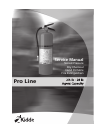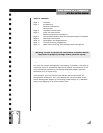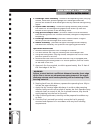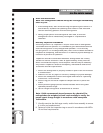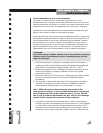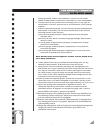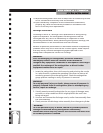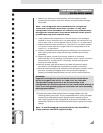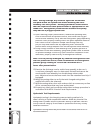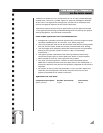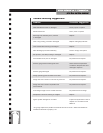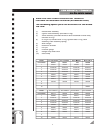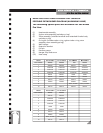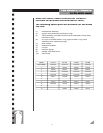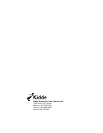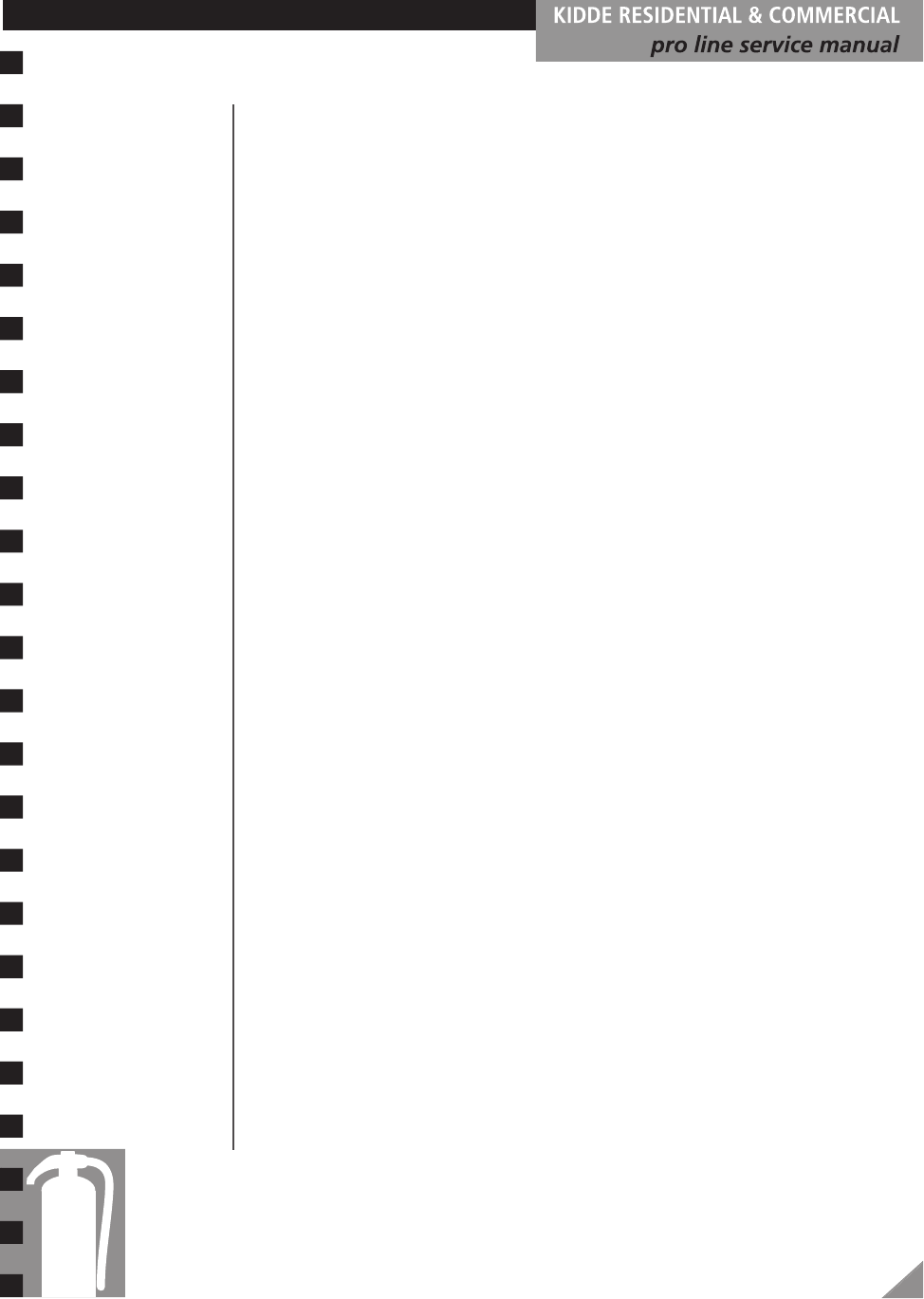
10
Note: During recharge, dry chemical agent can accumulate
and pack within the siphon tube when installing the valve
assembly into the cylinder. Recharge personnel should ensure
the time required for total pressurization is appropriate for the
model size. Extinguisher pressurization obtained too quickly
may indicate a plugged siphon tube.
13. Upon reaching proper pressurization, release the operating lever,
shut off and remove the pressure source, then install the ring pin
into the valve assembly. Verify that the extinguisher gauge operating
pressure is also properly reading within the green operable area and
then install a visual inspection tamper seal through the ring
pin pull loop and around the top operating lever. Remove the
pressurization charge adapter from the extinguisher valve assembly.
14. Using a soapy solution or leak detecting fluid, properly perform a
leak check of the valve assembly, gauge and cylinder collar to ensure
no pressure leakage is occurring. Upon successful completion of the
leak check, properly clean and dry all extinguisher surfaces.
Note: Prior to placing recharged dry chemical extinguishers back
into fire protection service, Kidde recommends the extinguisher
pressure gauge reading be re-verified a minimum of 24
hours after pressurization.
15. Examine the discharge nozzle, and/or hose assembly to be sure it
is not loose, damaged, worn or obstructed. Reinstall and secure the
nozzle and/or hose assembly into the discharge valves outlet
port. Adjust and secure the hose nozzle into the retention band clip if
equipped.
16. Weigh the extinguisher to verify the total charged extinguisher
weight falls within the tolerance.
17.Wipe the extinguisher clean with a damp cloth to remove any surface
dirt or contaminates that may have accumulated.
18. Properly tag, label and record the extinguisher recharge procedure in
accordance with NFPA-10 and all local requirements.
Hydrostatic Test Requirements
Hydrostatic testing is the integrity pressure testing method of a
vessel utilizing a liquid compression medium. Kidde dry chemical fire
extinguisher cylinders require hydrostatic testing at periodic intervals
or any time the integrity of the vessel is questioned from any visually
observed condition.
Hydrostatic testing should be performed in accordance with NFPA-10
recommendations.



